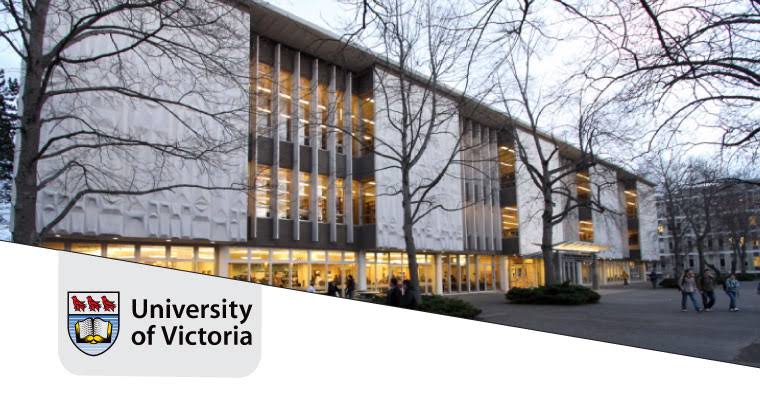Canada’s identity has long been shaped by immigration, but by July 2025, newcomers have become even more visible in its population. With one of the highest immigration rates per person in the world, Canada uses immigration to address a falling birth rate, an aging population, and worker shortages. These changes are more than just numbers—immigration is changing Canadian society in language, culture, age groups, city growth, and jobs. Understanding how immigration affects Canada’s population helps us see the bigger social, economic, and political changes in the country now and ahead.
Immigration and Population Growth
Immigration has become the primary driver of population growth in Canada. As of mid-2025, over 82% of the country’s population increase is attributed to newcomers. With birth rates remaining at historic lows—hovering around 1.4 children per woman, far below the replacement level of 2.1—immigration is filling the gap needed to sustain population stability and growth.
According to Statistics Canada, the total population surpassed 41 million in early 2025, and nearly 25% of those residents are either immigrants or permanent residents. Without immigration, Canada’s population would have stagnated or even declined, leading to long-term economic and social challenges. This influx is concentrated in major urban centers but is also beginning to shape rural and mid-sized cities due to targeted regional immigration programs.
Changing Age Structure
One of the most significant demographic challenges Canada faces is an aging population. The proportion of seniors aged 65 and older is increasing rapidly and is projected to reach nearly 23% by 2030. Immigration plays a key role in balancing this trend. Most immigrants arrive in Canada during their prime working years, typically between the ages of 25 and 44. This younger age distribution helps to rejuvenate the Canadian workforce and offset the growing dependency ratio.
In July 2025, it was reported that nearly 60% of immigrants arriving between 2020 and 2024 fell within the economically active age bracket. This demographic injection not only supports economic productivity but also helps fund public pension systems and healthcare programs through sustained tax contributions. It delays the demographic cliff that other developed countries with lower immigration levels are beginning to face more acutely.
Ethnic and Cultural Diversity
The cultural fabric of Canada is becoming increasingly diverse due to immigration from Asia, Africa, the Middle East, and Latin America. As of 2025, South Asians and Chinese Canadians represent the two largest visible minority groups, with significant increases also seen among African, Filipino, and Arab populations. This diversity is especially prominent in cities like Toronto, Vancouver, Calgary, and Montreal, where ethnic enclaves and multicultural neighborhoods thrive.
By 2041, visible minorities are projected to make up more than 40% of Canada’s total population, and in cities like Toronto, that number will likely exceed 65%. This trend is leading to a broader acceptance of multilingualism, diverse cuisines, international media consumption, and religious pluralism. While this diversity enriches Canadian society, it also raises new challenges in areas such as social integration, discrimination, and policy design.
Geographic Redistribution and Regional Development
Canada’s immigration system has evolved beyond simply funnelling newcomers into major metropolitan areas. New initiatives such as the Rural and Northern Immigration Pilot (RNIP), the Atlantic Immigration Program, and Provincial Nominee Programs (PNPs) have been successful in redirecting immigrant flows to smaller towns and underpopulated provinces.
As a result, cities like Moncton, Thunder Bay, and Lethbridge are experiencing demographic renewal. These areas, once facing population decline, are now seeing modest but steady growth due to the strategic placement of skilled immigrants. This geographic redistribution helps alleviate housing crises in megacities and brings new vitality to regions historically left out of Canada’s growth narrative.
Labour Force Implications
The demographic impact of immigration is especially pronounced in the labour force. With native-born Canadians retiring in large numbers and fewer young people entering the job market, immigrants are crucial to sustaining economic momentum. As of 2025, over 34% of Canada’s working-age population is composed of foreign-born individuals.
Sectors like healthcare, construction, technology, and agriculture are particularly reliant on immigrant workers. The government has also prioritized skilled migration pathways, increasing intakes of professionals in STEM fields, trades, and eldercare. This demographic rebalancing ensures that vital industries remain functional, while also contributing to innovation and entrepreneurship—immigrants are more likely than native-born Canadians to start new businesses, according to the latest federal data.
Educational and Linguistic Shifts
Immigration is also reshaping Canada’s educational and linguistic profiles. School districts across the country, especially in urban centers, are seeing higher enrollments of students who speak languages other than English or French at home. This has led to a rise in English as a Second Language (ESL) programs and multicultural curricula that reflect the lived realities of immigrant children.
Higher education institutions are equally influenced. International students, who often transition into permanent residency, are an increasingly important demographic. In 2025, more than 900,000 international students were enrolled in Canadian colleges and universities. Their presence supports the higher education sector financially and contributes to long-term demographic growth, as many students eventually integrate into the Canadian workforce.
Housing and Infrastructure Strains
With the population growing quickly due to immigration, the demand for housing has outpaced supply in many urban regions. As a result, Canada is facing an intensifying housing affordability crisis. Immigrant-heavy cities such as Toronto and Vancouver have seen record-high real estate prices and rental rates, prompting the federal government to introduce new housing affordability measures in the 2025 budget.
These include incentives for building affordable rental units, reforms in zoning regulations to permit multi-unit housing, and investments in public transit infrastructure to support growing suburban communities. Immigration continues to shape not just who lives in Canada, but where and how they live.
Conclusion
Immigration is redefining the demographic future of Canada. It is correcting population decline, revitalizing the workforce, enhancing cultural diversity, and reshaping geographic and economic realities. As of July 2025, immigration remains not only a necessity but a deliberate strategy to ensure Canada’s long-term sustainability and prosperity. Yet, as these demographic shifts unfold, the country must also address accompanying challenges—such as housing, healthcare access, and integration support—through inclusive policies and collaborative governance. Ultimately, the story of Canada’s demographics is increasingly the story of its immigrants.



